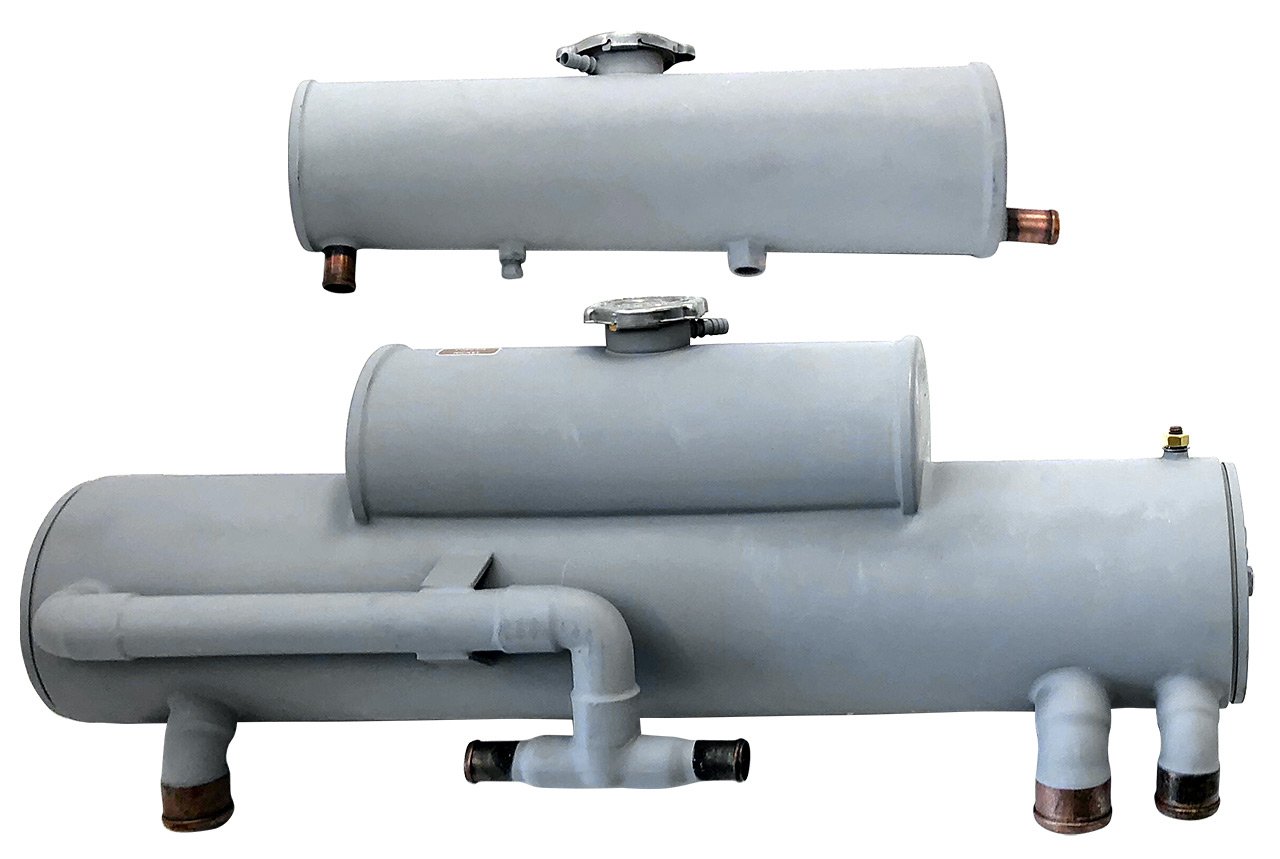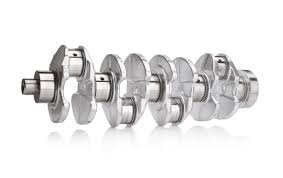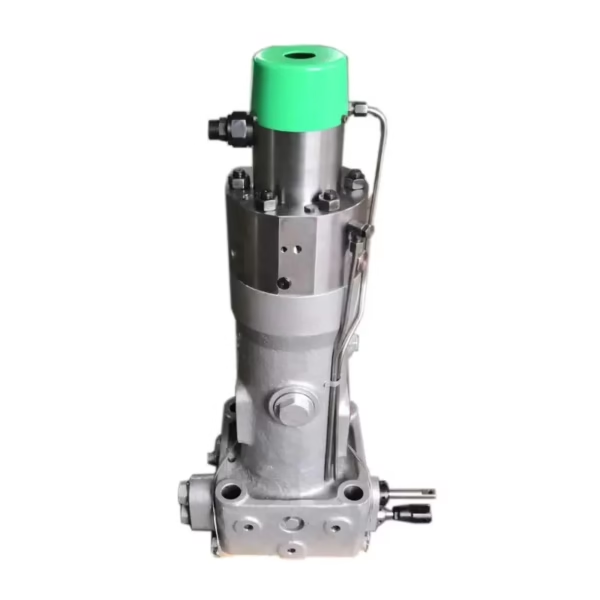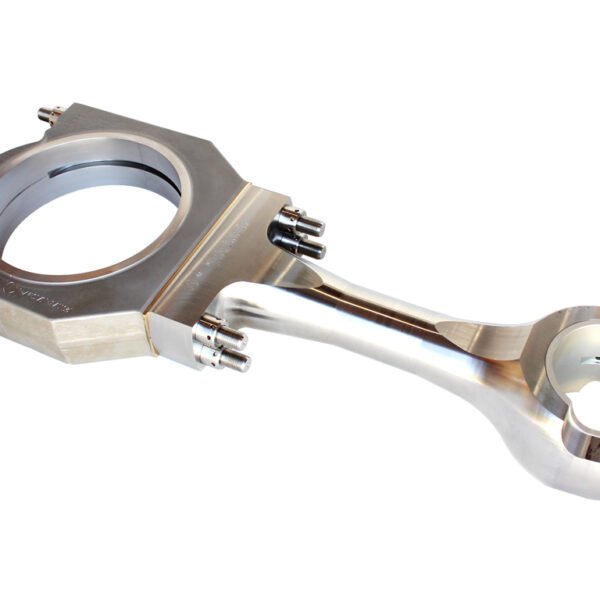A marine engine cooling system is designed to dissipate the immense heat generated by the engine during combustion.1 Unlike a car’s radiator-based system, a marine cooling system must contend with the corrosive nature of saltwater and the large volume of water available to it.2 Maintaining the engine at its optimal operating temperature is crucial for performance, fuel efficiency, and long-term reliability.3
Types of Cooling Systems
There are two primary types of marine engine cooling systems:4
- Direct (Raw Water) Cooling: This is the simplest and most basic system, often found on older or smaller engines. In a direct cooling system, raw water (from the sea, lake, or river) is drawn into the vessel through a seacock and strainer.5 A raw water pump circulates this water directly through the engine block, exhaust manifold, and other cooling passages.6 The heated water is then mixed with the engine exhaust and discharged overboard.7 While this system is simple and inexpensive to build, it exposes the engine’s internal passages to the corrosive effects of saltwater, which can lead to scaling, corrosion, and a significantly reduced engine lifespan.8
- Indirect (Closed-Loop) Cooling: This is the preferred system for most modern marine engines, especially diesels, because it protects the engine from corrosion. An indirect cooling system uses a two-circuit design:
- The Freshwater Circuit: This is a closed-loop system containing a mixture of freshwater and antifreeze (coolant), similar to a car’s cooling system.9 A freshwater pump circulates this coolant through the engine block and cylinder heads, absorbing the heat.10
- The Raw Water Circuit: This is an open-loop system that draws raw water from outside the boat.11 The raw water is pumped through a heat exchanger, which acts like a radiator.12 The hot coolant from the engine passes through one side of the heat exchanger, and the cooler raw water passes through the other side, transferring the heat without the two fluids mixing.13 The cooled coolant then returns to the engine, and the now-warm raw water is discharged overboard.14 This allows the engine to run at a higher, more efficient temperature without exposing its vital components to corrosive raw water.15
- The Freshwater Circuit: This is a closed-loop system containing a mixture of freshwater and antifreeze (coolant), similar to a car’s cooling system.9 A freshwater pump circulates this coolant through the engine block and cylinder heads, absorbing the heat.10
Key Components
The components of a marine cooling system work together to regulate engine temperature:16
- Raw Water Pump: This pump, typically belt-driven or gear-driven, draws water from outside the boat.17 It uses a flexible rubber impeller that is prone to wear and is a common point of failure.
- Heat Exchanger: The core component of an indirect cooling system. It’s a device with a bundle of tubes that facilitates heat transfer from the engine’s coolant to the raw water.18
- Freshwater Circulation Pump: This pump is responsible for circulating the coolant through the engine block and to the heat exchanger.19 It is often a centrifugal pump and is not exposed to the raw water, making it more durable than the raw water pump.
- Thermostat: Located in the freshwater circuit, the thermostat regulates the flow of coolant to the heat exchanger, ensuring the engine reaches and maintains its optimal operating temperature.20
- Sacrificial Anodes (Zincs): These small zinc or aluminum plugs are installed in the heat exchanger, oil coolers, and other raw water passages.21 They corrode instead of the engine’s metal components, protecting the system from galvanic corrosion.
- Seacock and Sea Strainer: The seacock is a valve that allows water to be drawn from outside the hull, and the strainer is a basket-like filter that removes debris (seaweed, shells, plastic bags) before it can enter the cooling system.22
Maintenance
Regular maintenance is crucial for a reliable cooling system.23 Key tasks include:
- Impeller Replacement: The raw water pump impeller should be inspected and replaced regularly, often annually. A failed impeller is a common cause of engine overheating.
- Sacrificial Anode (Zinc) Replacement: The zinc anodes should be inspected at least annually.24 If they are more than 50% depleted, they must be replaced to ensure continued protection against corrosion.25
- Cleaning the Sea Strainer: The strainer basket should be checked and cleaned frequently, especially before and after each trip, to ensure a steady flow of raw water.26
- Flushing the System: After operating in saltwater, it’s a good practice to flush the raw water circuit with freshwater to prevent salt buildup.27
- Heat Exchanger Service: Periodically, the heat exchanger’s end caps should be removed, and the tube bundle should be cleaned to remove scale and debris that can restrict water flow and reduce cooling efficiency.28
- Coolant and Hose Inspection: The coolant in the freshwater circuit should be checked for proper level and condition.29 Hoses and hose clamps should be inspected for signs of wear, cracks, or leaks.30
We offer an extensive range of marine engine brands and their associated spare parts, providing comprehensive solutions for both main propulsion and auxiliary power needs across diverse vessel types. Our supply capability covers various generations and models, ensuring support for a wide array of marine applications.
Featured Brands and Engine Series/Models:
SULZER:
- Two-Stroke Engines:
- RD/RND Series: RD68, RND76, RND76M, RND90, RND90M (Classic large-bore, low-speed engines, still in operation).
- RLA/RLB Series: RLA(B)56, RLA(B)66, RLA(B)76, RLB90 (Developed two-stroke designs).
- RTA/RT-Flex Series: RTA38, RTA48(T), RTA52, RTA58, RTA62, RTA72, RTA76, RTA84, RTA84M, RTA84C, RTA96 (Modern, fuel-efficient, electronically controlled two-stroke engines).
- Four-Stroke Engines:
- Z Series: ZL40/48, 16ZAV40S (Medium-speed engines).
- RF Series: RF44, RF56 (Often used for auxiliary power or generator sets).
- TAD Series: TAD36, TAD48 (For specific applications).
MAN (including pre and post-MAN B&W models):
- Two-Stroke Engines (KZ, KSZ, K, L, S, MC/MC-C, ME/ME-C): 40/54A, 52/90N, 57/80C, KZ57/80F, KSZ70/125, KSZ78/155, 90/160A, 52/55L, 58/64, 90/190C, L60/105E, 70/120E, 70/125C, L, KSZ78/155A, KSZ70/125B, L52/55A, 40/45 (A broad spectrum covering main propulsion and auxiliary engines).
B&W (Burmeister & Wain – prior to MAN B&W merger):
- MC/MCE Series: L35MC, L60MC, L80MC, L55GFCA, L80GFCA, L80GB, 74VT2BF, K62EF, K74EF, K84EF, K45GFC, K67GFK, K80GFK, K90GFS, 45HU, L70MC (Various generations of two-stroke diesel engines).
- MC-C/ME-C Series: L50MC, S60MC, S70MC, K80MC, S80MC, K90MC-C, L67GFCA, L90GB (Electronically controlled and conventional two-stroke engines).
- VT2BF/EF Series: 50VT2BF, 62VT2BF, K84EF (Older models still in service).
MITSUBISHI:
- UEC/UET Series: UEC37L/LA/LS, UEC45HA, UEC60L/LA/LS, UEC45L/LA/LS, UET45/75C, UEC52/125H, UEC52L/LA/LS, UET45/80D, UEC52/90D, UEC(T)52/105D, UEC45/115H, UEC37/88H, UEC37H (Mitsubishi’s proprietary two-stroke and some four-stroke engine series).
PIELSTICK:
- PA Series: PA6, PC3, PC2-2, IHI PC2-5, PC4, PC2-6, PC4-2L, PC4-570, PA5 (High-speed, compact four-stroke engines, commonly used for generator sets or auxiliary propulsion).
AKASAKA:
- UET/UEC/DM/AH Series: UET45/80D, UEC52/105D, DM51SS, UEC 60/150H, UEC 60H, A31, A34, A37, A41, AH27, AH28, AH30, AH36, AH38, AH40, DM30, DM36, DM38, DM46, DM47 (A prevalent engine brand, particularly in Japanese-built vessels).
DEUTZ:
- RBV/TBD/BVM Series: RBV8M358, RBV8M540, RBV16M640, TBD620L6, BVM350, BVM540, BF6M716 (Various four-stroke medium- and high-speed diesel engines for auxiliary and smaller main propulsion applications).
HANSHIN:
- EL/LH/LU/LUN/LUD/LUS Series: EL30, EL32, EL35, EL40, EL44, LH28RG, LH31G, LU28(A,R,G), LU32, LU35, LU38, LU46(A), LU50, LU54, LUN28, LUN30, LUD32, LUD35, LUS38 (Another significant engine brand commonly found in Japanese vessels).
NIIGATA:
- MG/M Series: MG40X(EX), M34X, 6M28BF, TM31X (Medium-speed diesel engines, typically used in small and medium-sized vessels).
MAK:
- M/MU/AK/AKM Series: M332, M453AK, MU551AK, MU552AK, M601, MU452AK, 451AK, 6M453AK, 9M453C, 6M601C, 8M601 (Medium-speed four-stroke engines, widely used in various marine applications).
WARTSILA:
- 20/22/26/32/38/46/GD/TKR Series: 22, 32, 31, 26, 20S, 28, 38, 46, 32GD, 46GD, 14, TKR22, HFR-V32, NOHAB (Wärtsilä’s broad portfolio of medium- and high-speed diesel engines for main propulsion, auxiliary, and generator sets).
DAIHATSU:
- PS/PKT/DS/DL/DK/PL Series: PS-18, PS-22, PS-20, PS-26, PS-30, PKT-14, PKT-16, PKTD-16, DS-18, DS-22, DS-26, DS-28, DS-32, DL-14, DL-16, DL-19, DL-20, DL-22, DL-24, DL-26, DK-20, PL-24 (Compact and reliable engines primarily used for auxiliary power and generator sets).
CUMMINS:
- BT/CT/NT/KTA/QSK/QSM Series: 4BT3.9, 6BT(A)5.9, 6CT8.3, NT(A)855, N14, KTA19, KTA38, KTA50, QSK19, QSM11 (Robust and durable engines for marine auxiliary power, generator sets, and some smaller main propulsion applications).
CATERPILLAR:
- 3000/3100/3300/3400/3500/3600 Series & C Series: 3054, 3056, 3066, 3106, 3126, 3306, 3406, 3408, 3412, 3508, 3512, 3516, 3606, 3608, 3612, 3616, 3618, C1.5, C2.2, C7, C9, C10, C12, C15, C16, C18, C30, C32 (Reliable and widely used engines across a vast range of main propulsion, auxiliary, and generator set applications).
SCANIA:
- DI Series: DI 09, DI 13, DI 16 (High-performance diesel engines designed for marine applications, typically used as auxiliary and smaller main propulsion engines).




